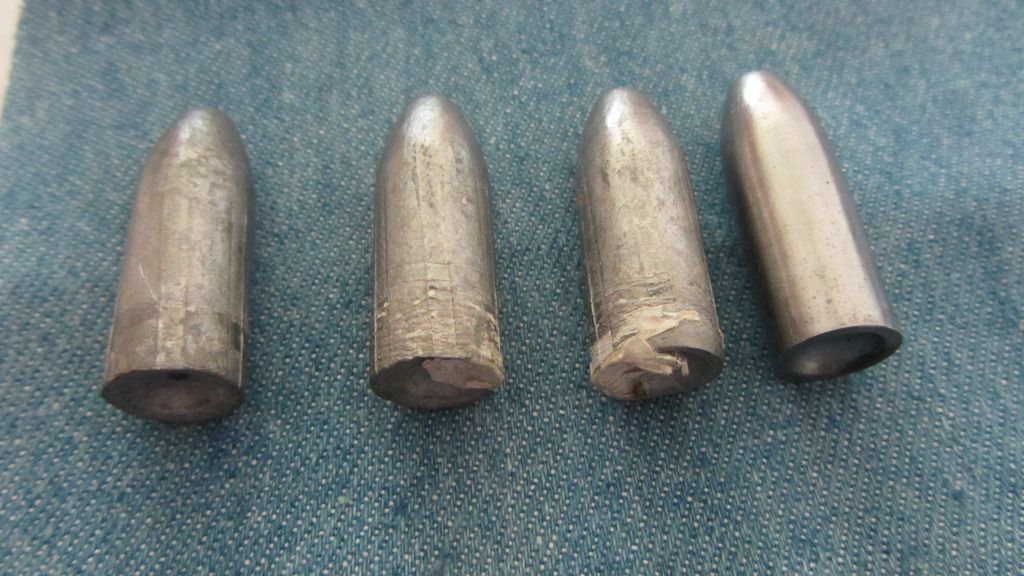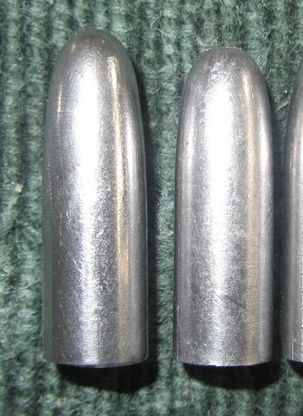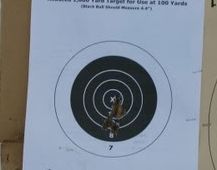Hello Folks,
I’m having a muzzleloading rifle built with a Green Mountain barrel blank: 1:18 twist, 0.450” / 0.457” bore & groove. I plan to shoot paper patched bullets and I’m looking for a mold now. My inclination is to get a smooth-sided, adjustable mold that casts 0.440” cup based bullets and wrap twice with 0.0025” paper (9 pound?). This will give a 0.450” finished bullet, which should load easily, and being pure lead on top of black powder, I expect it to “bump up” to fill the grooves.
This will be my first foray into shooting paper patched bullets. Am I on the right track here?
Thanks, Tom

|
   
   
|


|




 Reply With Quote
Reply With Quote










